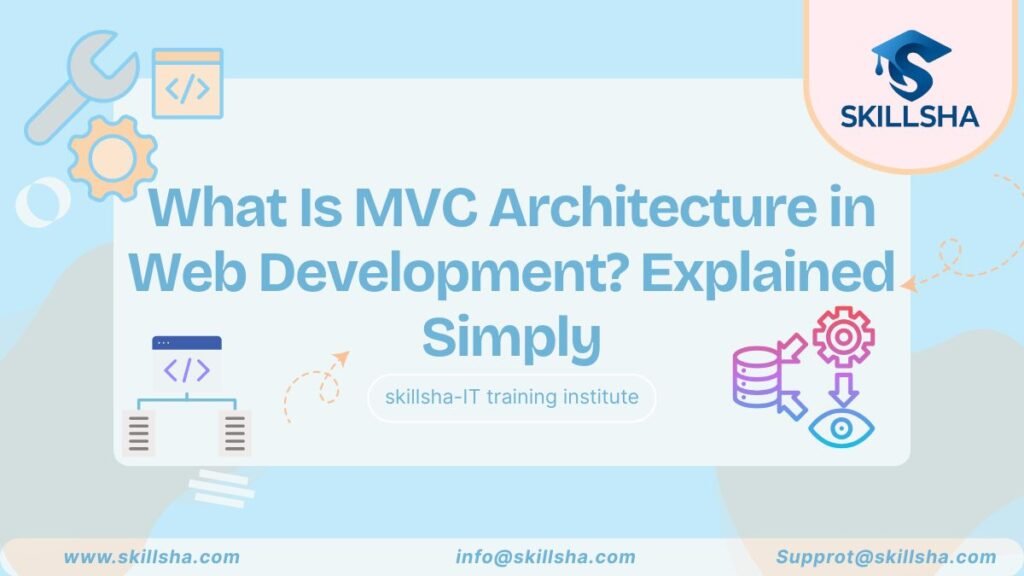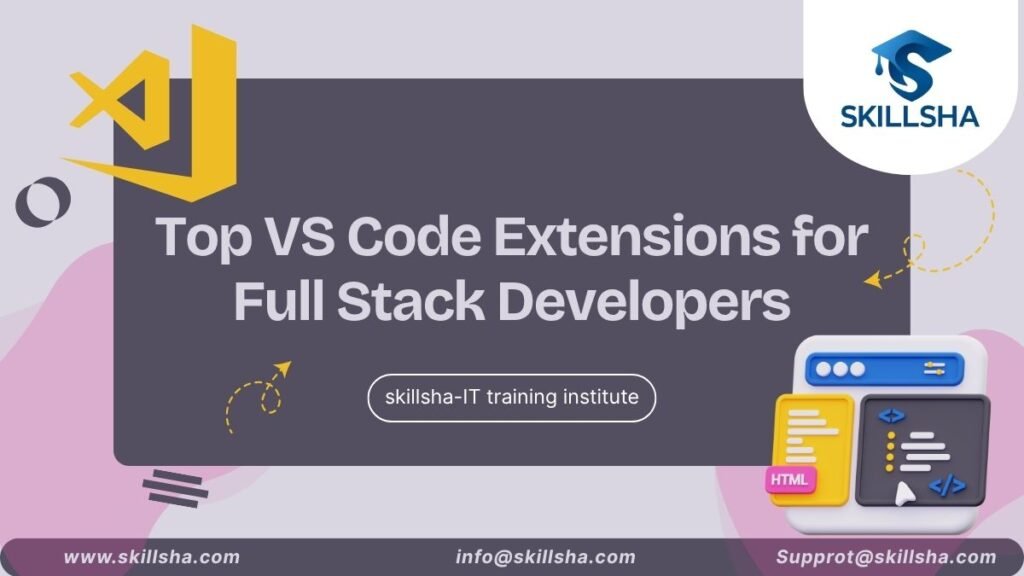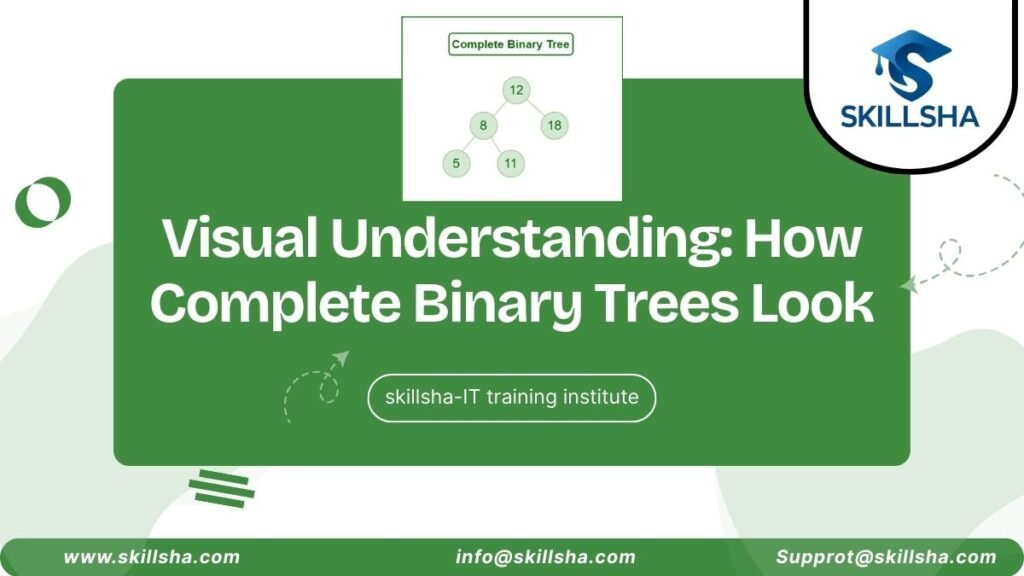MVC from architecture is a popular web development design pattern where an application is divided into three primary components, namely Model, View and Controller to enhance the structuring, the maintainability and the scalability of a code.
MVC Architecture What is MVC architecture?
The Model-View-Controller (MVC) is a type of architecture used to organize web-based applications to divide it into three interacting parts: the Model, the View, and the Controller. This separation of concerns will assure the developers to be able to manage codes more efficiently and also build applications that are easy to maintain and easily expandable over time.
Specifically created in the 1970s to handle graphical user interfaces, MVC has since been one of the key concepts of contemporary web development, implemented in most of the programming languages and frameworks such as Ruby on Rails, Django, Laravel, and ASP.NET MVC.
Elements of MVC Architecture
The MVC pattern splits the logic and the interface of the application to three separate components with the identified responsibility:
Model
Data management, business logic and rules are processed in the Model that is the essence of the application. It directly works with the database/any data storage and does read, write and verification functions. It does not also deal with the user interface and processing of the input but acts as a provider of data to the View and the manipulator that is controlled by the Controller.
The Model component, as an example, in an e-commerce app, consists of entities like products, customers and the orders and other data connected to these entities are stored and manipulated.
View
View is in charge of presenting data to a user. It determines how the data in the Model is presented and furnishes the user interface constituents like the buttons, forms, tables and layouts. View has no application logic, but rather it displays the state of the Model according to the Controller.
Implementation goes as far as Views being HTML pages, screen views of mobile applications, or interface screens of desktop applications, based on the platform.
Controller
The Controller is the mediator of the Model and the View. It takes user feedback of the View (such as clicks or form submissions), analyses these feedbacks and then resolves which View should be shown. The Controller also controls the flow of application and processes user commands and updates data and UI.
As an example, the Controller will verify the user input when the user takes a product to a shopping cart, update the Model to reflect the changes in the shopping carts, and refresh the Views in order to display the cart information.
The way MVC Components Integrate
Interaction flow between the MVC components is supposed to be as follows:
- The user performs some operation on the View (e.g. clicks a button).
- The input passed by The View is to the Controller.
- The Controller works with the input, and updates the Model, when there is need.
- The Model also informs the View about any changes.
- The Model is updated with updated state in the View.
Such disciplined communication makes each element comply with its task without any useless dependencies, resulting in modularity and sustainability.
Positive Aspects of Web Development using MVC Architecture
In development of web applications, even though MVC has several potential advantages, it is particularly useful to complex or scalable applications:
Separation of concerns: The codebase is neat and simple to maintain because the code is dedicated to solely serve a specific area datum, user interface, or logic-related concerns.
Reusability: Due to relaxed dependencies among the components, when Components are loosely coupled, the developers can reuse a Model, a View, or a Controller in another project or part of the application.
Maintainability: When changing one part (say, fixing the user interface), there are no other parts that one will need to change in order to minimize risk and ease upgrades.
Parallel Development: Teams are allowed to develop parts in parallel e.g. front-end developers would choose to work on Views but the back-end developers could improve on Models and Controllers.
Testability: MVC enables you to perform specific unit testing of Models, Views and Controllers that enhance the quality of the software.
Scalability: Apps based on MVC become scaled easier as the features and the number of users involved increases.
Weaknesses and Strategies to Face
As much as there are strong sides to MVC, there are aspects that are negative:
More complexity in minor projects: in small applications, MVC could have unwanted layers and overhead.
Steep Learning Curve: MVC may be steep, as it is necessary to learn what each part does and how the parts interact to know how to effectively use it especially to those who are new to it.
Issues of Performance: When not implemented correctly this may result in delays in data display because of the various levels of processing.
On the whole, MVC is ideally applicable to medium and large scale as well as data based applications which gain advantages through clear organization and teamwork.
Web development and MVC in real life
To-Do List Application
To-Do List web app is a typical example to provide MVC. Tasks in the Model include such properties as title, due date and priority. The View shows the tasks in the form of checkboxes and styles those which have overdue items. The Controller receives the user inputs like adding or deleting a task, it says to the controller and the controller updates the Model and says to the view to clean up itself.
Enterprise Platforms and Frameworks
MVC is used in a lot of popular frameworks:
Ruby on Rails: Complete server side MVC web framework using those conventions over configuration.
Django: Also uses a variant; MVT (Model-View-Template), but the functionalities are similar to MVC.
ASP.NET MVC: The MVC framework developed by Microsoft that provides clear separation and allowance of test driven development.
Laravel (PHP): A framework that can be used by a developer and has an expressive syntax, and MVC.
Angular: Employs MVC-like ideas in the component styles.
A Practical Insight to MVC
Separation of control issues allows the developers to design their apps in an easier way, which becomes easy to maintain, scale and debug. The modular design of MVC assists in performing smooth upgrades, generalizing code libraries, and an ability to apply the same core logic to many interfaces such as the email, web, or mobile.
Skillsha Learning MVC Architecture Courses
Skillsha provides rich classes of MVC architecture to become a master of web development and enhance your skills according to the different levels of expertise:
Full stack development training course: It teaches MVC structure as well as databases, front end and back end code and mainstream frameworks to assemble entire applications.
Web Development Training Course: Concentrates on MVC of swing components, handling of UI elements in Java and enhanced UI programming with MVC pattern implementation.
Other Skillsha courses explore basic theory behind MVC, best practices and learning by project to allow developers to get knowledge base and expertise in using MVC frameworks.
The courses focus on practical learning through real-life projects, coding exercises, and practical applications of MVC in using popular languages and tools, and serve as an excellent option to novice programmers and experienced ones who want to polish their skills in application architecture.
Conclusion
MVC architecting has been an important design pattern in web application development and it encourages clean, well-organized, maintainable and testable applications. It has a clean division to Model, View and Controller layers that assist the developers to handle complexity; this is most useful in medium to large projects. MVC is a skill that developers can properly address with the help of high-quality learning resources and courses, such as those offered by Skillsha to create very strong and scalable web applications in a short period. Besides raising the quality of code, using MVC can favorably affect the cooperation within a team and can accelerate the development, which is why this technique is highly essential in the web industry in the modern-day.
Start over with MVC learning the next time by choosing one of many courses on Skillsha and start creating your well-organized applications that will never fade in time.
FAQs – MVC Architecture in Web Development
Q1. What is MVC in web development?
MVC stands for Model-View-Controller, a design pattern that separates an app into three components for easier management and scalability.
Q2. Why is MVC architecture important for developers?
It improves maintainability, allows parallel development, enhances testability, and simplifies debugging in complex applications.
Q3. Is MVC suitable for small projects?
While MVC adds structure, it may feel heavy for very small projects. It’s best used for medium to large-scale apps.
Q4. Which programming languages support MVC?
Most modern languages like Python (Django), Ruby (Rails), PHP (Laravel), JavaScript (Angular), and C# (ASP.NET) support MVC.
Q5. Can I learn MVC architecture at Skillsha?
Yes, Skillsha offers practical full stack and web development courses that cover MVC using real-world examples and hands-on projects.




